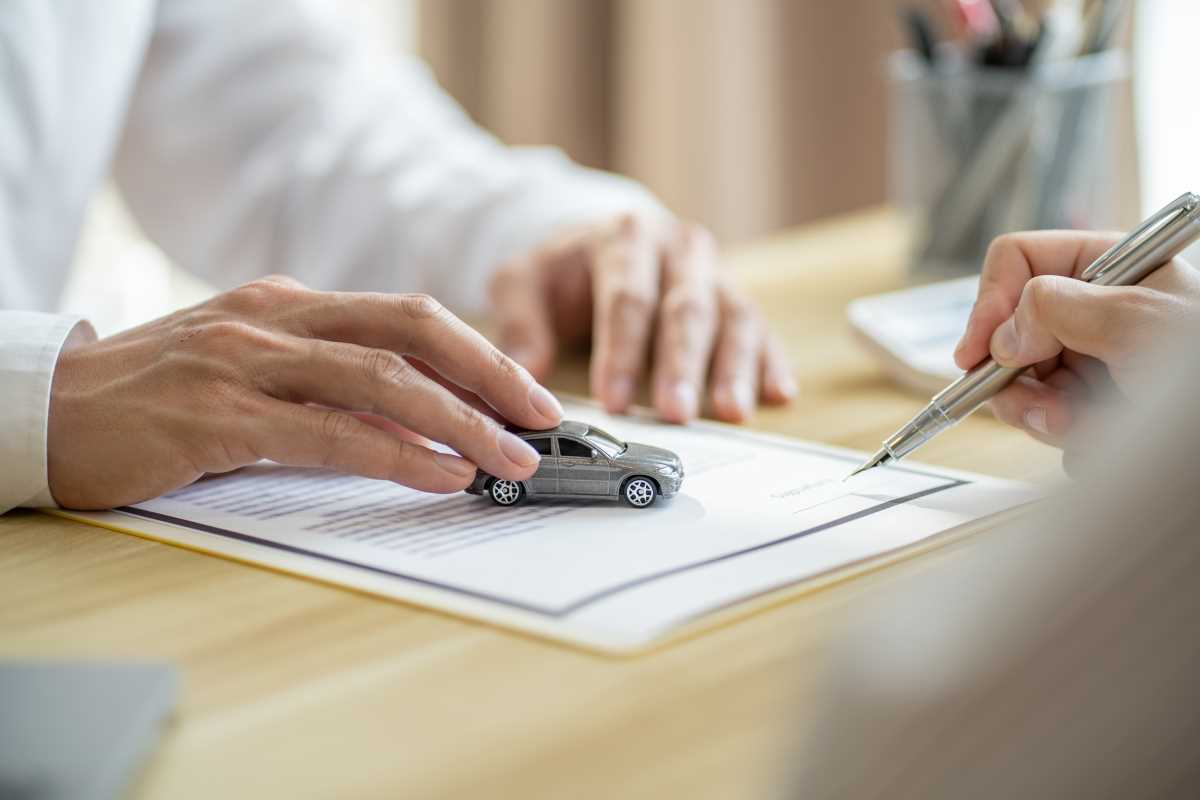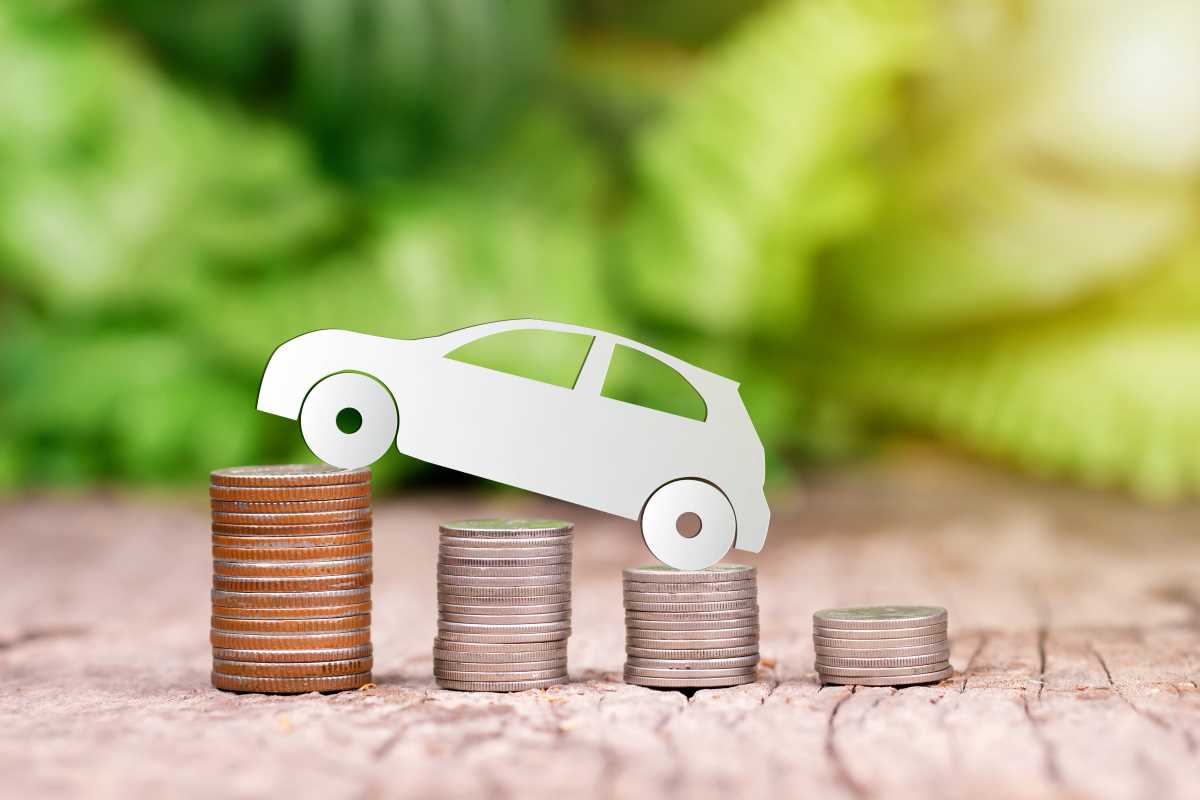Buying a car is an exciting experience, but it often comes with the downside of taking on a new loan. However, there’s one strategy that can make financing your car far more manageable: trading in your current ride. Trade-ins can significantly reduce the amount you have to borrow, lowering your monthly payments and even helping you save on interest in the long run. If the thought of handing over your trusty old wheels to reduce your debt sounds appealing, you’re not alone. Many used car buyers use trade-ins as a smart way to upgrade their vehicle while keeping their wallet happy. But how does it all work? Let's walk through everything you need to know.
Getting the Trade-In Process Started
The first step is understanding how much your current vehicle is worth. You might love your car, but its market value will depend on factors like age, mileage, condition, and demand. Tools like Kelley Blue Book and Edmunds can help you estimate the value of your car based on these details. You simply enter your vehicle’s make, model, year, mileage, and overall condition, and you’ll get a fair market value. Having a realistic idea of what your car is worth will give you confidence when discussing trade-in offers with dealerships.
Once you have an estimate, shop around. Different dealerships may value your car differently based on their inventory needs and sales goals. Visiting multiple locations or reaching out online for appraisals can give you leverage to negotiate for the best price. And remember, the higher the trade-in value you secure, the more you can reduce your loan amount.
How a Trade-In Impacts Your Loan
When you trade in your car, the dealership applies the value of your old vehicle toward the cost of the car you’re purchasing. This reduces the amount you’ll need to finance. For example, if you’re buying a car that costs $20,000 and the dealership offers you $7,000 for your trade-in, you’re only borrowing $13,000. A smaller loan amount means lower monthly payments, less interest over time, and potentially shorter loan terms.
Using a trade-in also reduces the money you need upfront. If you don’t have enough savings for a large down payment, trading in your car can effectively serve as your initial payment, helping you avoid high financing costs without draining your wallet.
Maximizing the Value of Your Trade-In
To get the most out of your trade-in, it pays to put in a little effort beforehand. Start by giving your car a thorough cleaning, inside and out. A polished, well-kept car makes a better impression and can sometimes fetch a higher offer. Fixing minor issues, like replacing a broken side mirror or getting an oil change, shows the dealership that your car has been cared for and may boost its value.
Gather all necessary documents, including the title, service records, and any warranties you might still have. These help prove the car’s condition and maintenance history, making it easier for the dealership to resell your vehicle. If your car still has useful extras like a spare key or user manuals, bring those too. They show that the car is “complete,” which makes it more attractive to dealers.
Finally, timing your trade-in can make a difference. Dealerships are often willing to negotiate more toward the end of the month, quarter, or year when they’re trying to meet sales quotas. If the dealership is motivated to close deals, you’re in a stronger position to get a better trade-in offer.
Rolling Your Trade-In Into Your Budget
One of the smartest ways to use a trade-in is to combine it with other solid financial planning. For instance, if you trade in a car worth $10,000 and are looking at a vehicle priced at $18,000, you can cut that balance in half by putting the trade-in cash directly toward the loan. But don’t stop there. If you can add additional money from savings or apply a rebate from the dealership, you can trim your loan principal even further and pay less in interest.
It’s also worth noting that trading in a car with equity is where you’ll see the most savings. If your current car is worth more than the amount you still owe on it, the extra value can directly reduce your loan amount for the new car. For example, if your car is valued at $10,000 but you owe $5,000, the remaining $5,000 in equity will go toward purchasing your next car.
However, be cautious of rolling negative equity into a new loan. This happens when you owe more on your car than it’s worth. For instance, if your car has a trade-in value of $8,000 but you still owe $10,000, that $2,000 difference doesn’t disappear. It’s added to your new loan, which increases what you owe and raises your monthly payments.
Understanding Taxes and Trade-Ins
One often-overlooked benefit of trading in your car is the potential tax savings. Many states only charge sales tax on the difference between the price of the new car and the trade-in value. If you’re buying a $25,000 car and trading in a car worth $10,000, you’ll only pay sales tax on the $15,000 difference rather than the full price of the new car. This can save you hundreds of dollars, depending on your state’s tax rate.
Before finalizing your trade-in, ask about how taxes are calculated in your area. If you know you’ll benefit from these savings, it’s another reason to use trade-in value to reduce the cost of your loan.
Using a trade-in to cut down your loan makes the car-buying process smoother and more affordable. By understanding how trade-ins work, valuing your vehicle accurately, and negotiating carefully, you can trade up to something better while keeping your budget in check.







